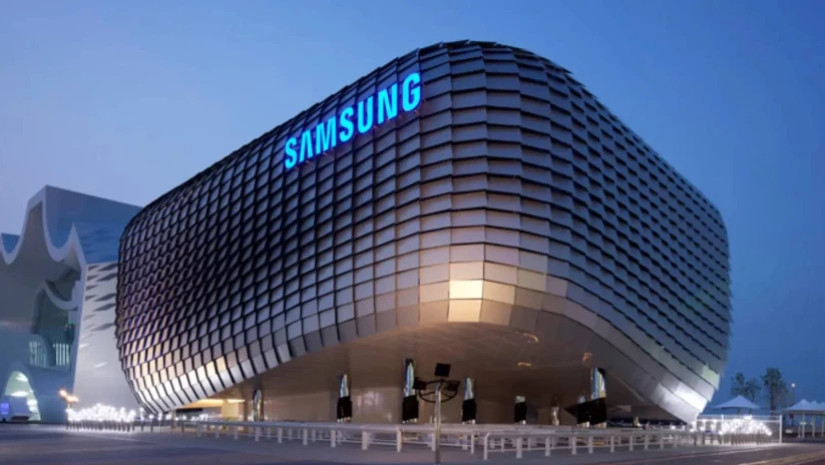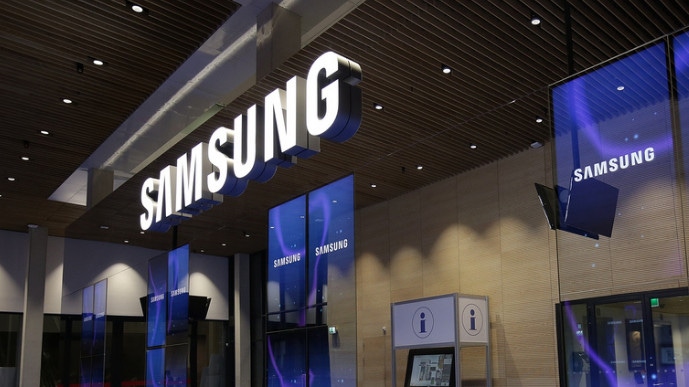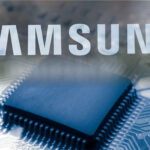
Samsung Electronics predicts that the demand for artificial intelligence will remain high and that the supply of some high-end chips will be restricted. This puts them in line with competitors who stand to gain from a robust resurgence in the damaged global memory chip market.
The world’s largest memory chip manufacturer announced a more than 10-fold increase in first-quarter operating profit, and its optimistic outlook caused its shares to gain 1.8%. SK Hynix has gained 24% so far this year, while Samsung has lost 0.8% of its value as it tries to catch up to its smaller rival in terms of supplying high-end processors, including high bandwidth memory (HBM), to Nvidia, the leader in artificial intelligence.
During an investors call, Samsung vice president in charge of the memory division, Jaejune Kim, stated, “We plan to increase the supply of HBM-related chips by more than three-fold versus last year.” According to Samsung, mass production of the newest HBM chips—the 8-layer HBM3E—for use in generative AI chipsets started this month. It is attempting to profit from the AI boom that has helped SK Hynix, which was Nvidia’s only source of HBM3 processors. The 12-layer version will begin to be produced in the second quarter, and by the end of the year, the company expects the HBM3E devices to make up two-thirds of its total HBM output.
The targets, according to analysts, were aggressive. According to Jeff Kim, head of research at KB Securities, Nvidia appears to be receiving Samsung’s 8-layer HBM3E, while AMD (AMD) and Nvidia may receive the 12-layer. According to Kim, there might be a split in which Nvidia purchases most 8-layer products from SK Hynix and 12-layer products from Samsung because Samsung’s technology is better at high-stacking. He continued, saying, “Samsung is working hard to improve the yield of its 12-layer product.”

Along with boosting its high-end solid-state drive (SSD) product offerings to match the demand from AI servers, Samsung also noted that it expects the supply of high-end memory chips to tighten towards year-end as a result of capacity being allocated to HBM, reiterating remarks made by SK Hynix last week.
With prices rising sharply from a severe downturn, partially due to the surge in AI, the South Korean company’s first-quarter sales increased 13% to 71.9 trillion won ($52.14 billion), including a 96% gain in memory chip revenue to 17.49 trillion won.
From January to March of this year, operating profit increased to 6.6 trillion won from 640 billion the previous year. The operating profit for the corporation reached its highest point since the third quarter of 2022.
In the past, Samsung’s cash cow business, the chip division, accounted for two-thirds of its operating profit. However, a year earlier, the division lost 4.58 trillion won, but in the March quarter, it made 1.91 trillion won. It was the company’s first profit since 2022’s third quarter.
According to data provider TrendForce, the cost of DRAM chips, which are used in tech gadgets, climbed by roughly 20% during the first quarter compared to the previous quarter, while the cost of NAND flash chips, which are used to store data, jumped by 23% to 28%.
The operating profit for Samsung’s mobile device division was 3.51 trillion won in the first quarter, compared to 3.94 trillion won in the same period last year. In line with a year earlier, it shipped over 60 million handsets during the quarter, regaining its position as the world’s top smartphone seller from Apple, which is seeing a fall in sales in China.
Rising expenses, like higher memory chip prices, hurt the company’s profit margins on the quarter’s top Galaxy S24 handsets. Sales of S24 phones, according to Samsung, were being driven by AI functionalities, which helped the company sustain double-digit profitability in the first quarter. According to the business, about 50% of users claimed to have purchased S24 phones specifically for the AI features, and 60% of them used the features daily.
Discover more from TechBooky
Subscribe to get the latest posts sent to your email.







